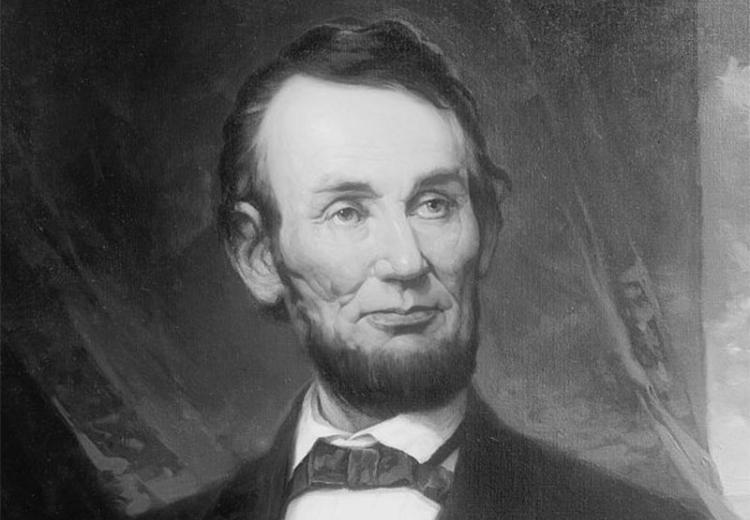Lesson 4: Abraham Lincoln, the 1860 Election, and the Future of the American Union and Slavery

Abraham Lincoln painting by G.H. Story, 1917.
This lesson plan will explore Abraham Lincoln's rise to political prominence during the debate over the future of American slavery. Lincoln's anti-slavery politics will be contrasted with the abolitionism of William Lloyd Garrison and Frederick Douglass and the "popular sovereignty" concept of U.S. Senator Stephen A. Douglas. The views of southern Democrats like Jefferson Davis and William Lowndes Yancey will also be examined to show how sectional thinking leading up to the 1860 presidential election eventually produced a southern "secession" and the American Civil War. In addition, the Republican Party platform of 1860 will be compared with the platforms of the two Democratic factions and the Constitutional Union Party to determine how the priorities of Lincoln and his party differed from the other parties in 1860, and how these differences eventually led to the dissolution of the Union.
Guiding Questions
Were Abraham Lincoln's political views unique by comparison with defenders of immediate abolition, popular sovereignty, and national slavery?
What did the Election of 1860 mean for sectionalism and national politics?
Learning Objectives
Analyze Lincoln's argument regarding the Constitutional and Congressional authority to prohibit slavery in the territories.
Examine Lincoln's moral beliefs led him to the conclusion that Congress should use its authority to restrict slavery from the territories
Evaluate the solutions proposed by Abraham Lincoln, William Lloyd Garrison, Frederick Douglass, Stephen Douglas, Jefferson Davis, and William Lowndes Yancey.
Analyze the platforms of the political parties during the 1860 election.
Predict the short and long term consequences of the election of 1860 in relation to slavery and the preservation of the nation.
